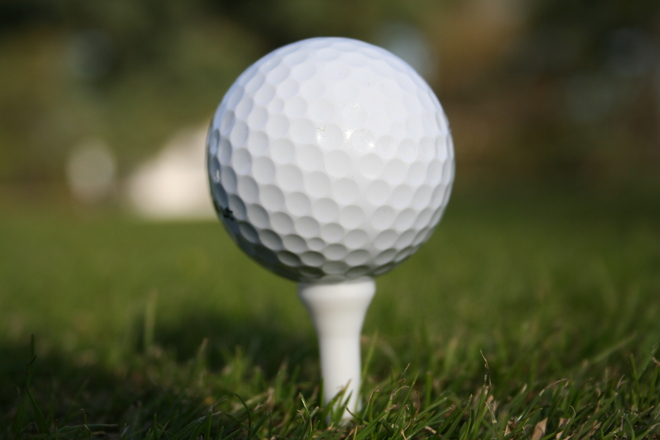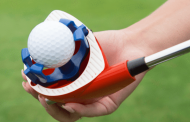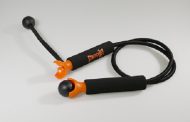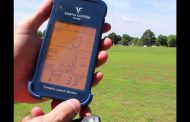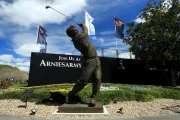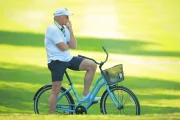The object of golf is to get around the course in as few shots as possible yet for some reason, we have a habit of making something which sounds straight forward, quite complicated. Par-3 holes are the perfect example and many amateur golfers find they drop shots regularly on these holes. However, there are several simple tips you can follow, to ensure you give yourself the best chance of making par or better on every par-3 hole you play.
Every par-3 hole is different and it is impossible to talk about one specifically but in this example, we are going to imagine a par-3 hole, which plays to 160 yards and is protected by water along the front of the green and along the whole right side of the fairway, with a bunker on the left. Most par-3’s tend to be well guarded by hazards, so it is worth considering them in this example.
There are two things you need to consider before playing the shot and get right in your mind about what you are trying to achieve. Number one, you want to hit the ball somewhere on the green. Number two, you want to avoid hitting the ball into the water. Those are the two key objectives to this shot but how do you make them happen?
Your strategy begins by where you place the ball in the tee box. Generally, if you place the ball one side or the other, it will help or hinder the shot. In this instance, by teeing the ball up to the left side of the box, you make the hole more difficult because it brings the right side into play and this is where the water hazard is positioned. By teeing up the ball on the right side of the tee box, you can aim for the left side of the green, which eliminates much of the water and will have you feeling more positive about the shot. If you can avoid having to hit the ball over the water, then why not take advantage of that?
In terms of club selection, you want to ensure you clear the final stretch of water, which is closest to the green. Therefore, if the pin is 160 yards away and that’s the maximum distance you can hit a 7-iron when catching it perfectly, why choose to use this club? Anything other than a perfect contact is going to see the ball end up short and in the water at the front of the green. Instead, if the pin is near the front of the green or even half way back, you can afford to take an extra club and hit your ball to the back of the green. You may not be in prime position to putt for birdie but you will certainly make a par, which is a much better position to be in than trying to make a bogey having found the water.
So, take your time and think about that you are trying to do when playing a par-3 hole. Look where the hazards are located and how you can take them out of contention before teeing up the ball and choosing your club.


